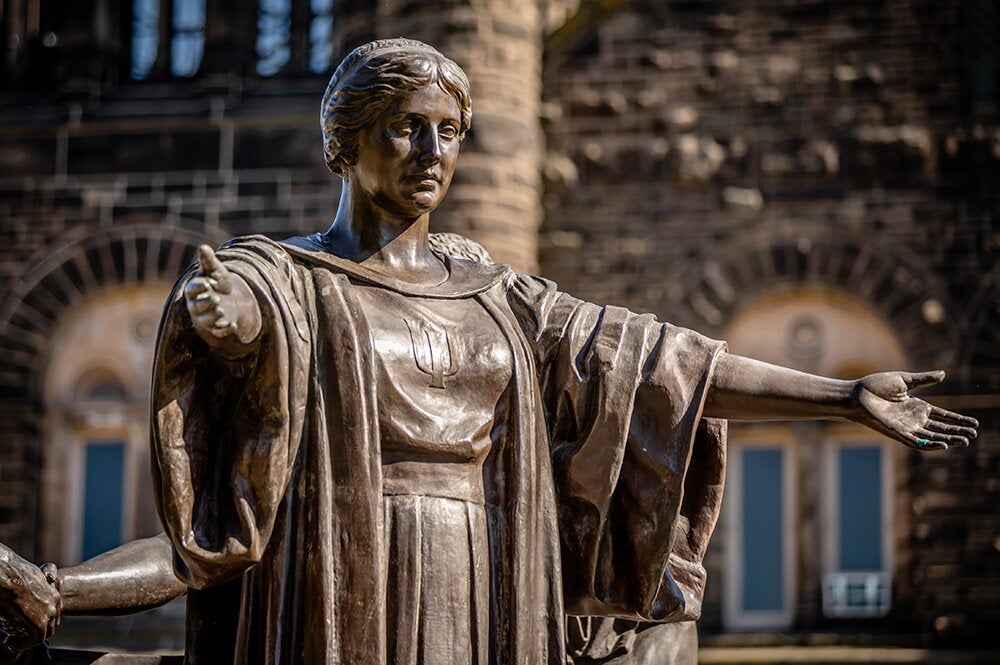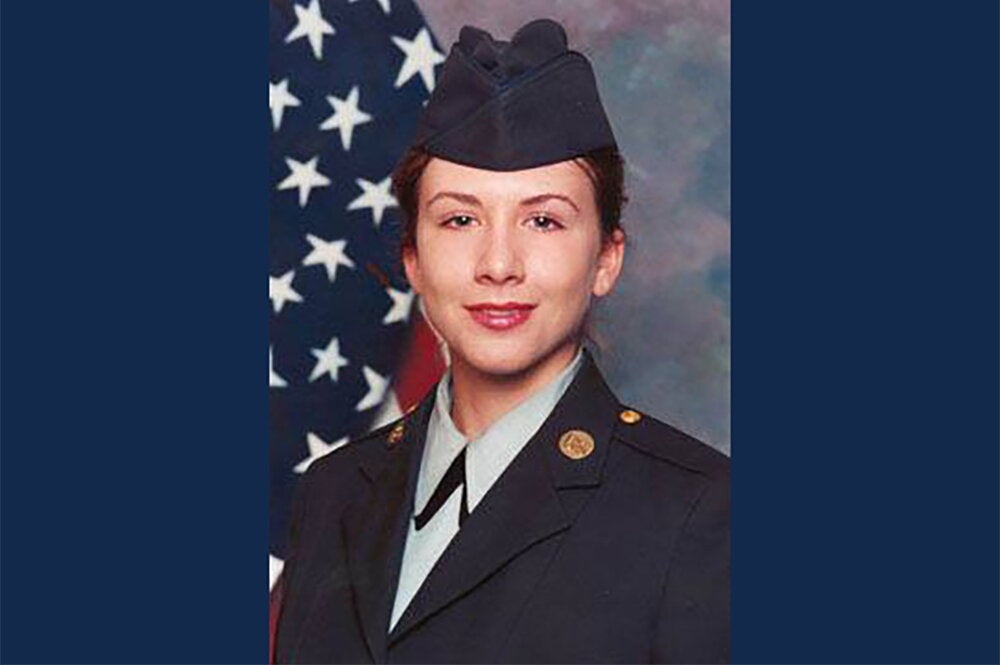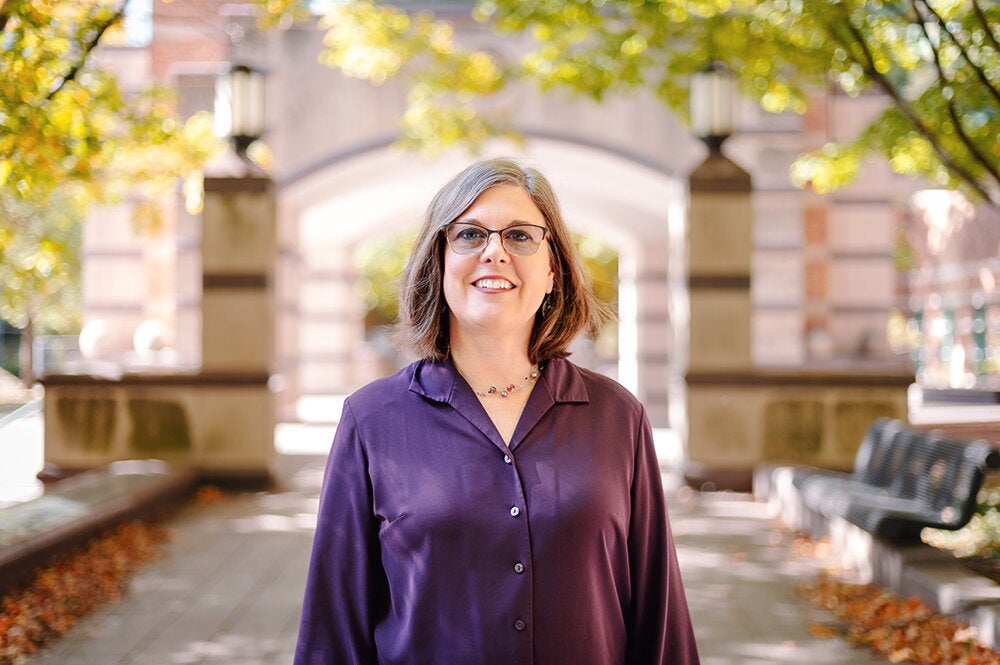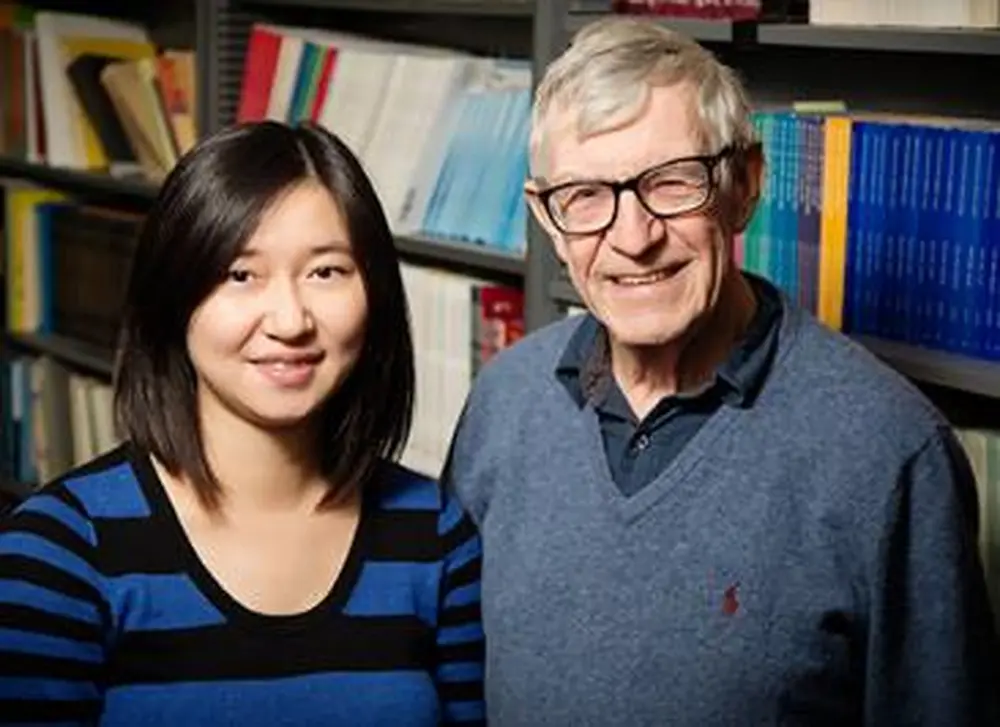
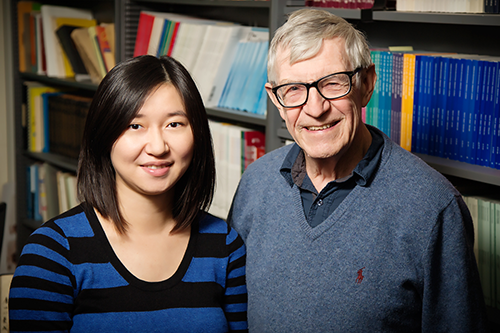
It’s not exactly Pink Floyd declaring we don’t need no education, but according to a new study from U of I, children who participate in a collaborative group to learn about significant social issues become better decision-makers than those who learn the same curriculum through teacher-led discussions.
More than 760 fifth-grade students were involved in the study. The research compared the efficacy of collaborative group work with conventional direct instruction at promoting students’ ability to make reasoned decisions and apply those skills in a novel task.
The students studied a six-week curriculum in which they explored whether a community should hire professional hunters to kill a pack of wolves that caused concern for local residents. Students examined various perspectives on the issue, including the potential impact on the ecosystem, the local economy and public policy.
After completing the wolf curriculum, the students wrote two individual essays. One described their personal decisions on what should be done about the wolf pack, and the other entailed their decisions on an unrelated moral dilemma between two friends, presented in the story “The Pinewood Derby.”
In the story, a boy named Jack has an unpopular friend named Thomas who wins a pinewood derby competition. Thomas later confesses to Jack that he violated the rules by enlisting his older brother’s help in building his car. After reading the story, the students were asked to write an essay about whether Jack should reveal his friend’s dishonesty.
The researchers found that the children who had worked in collaborative groups on the wolf project were better prepared to take on the role of decision-maker about Jack’s moral dilemma with his friend Thomas. According to the researchers, these children were more proficient at three key aspects of decision-making: recognizing multiple views of a dilemma, considering a range of reasons to support differing viewpoints, and weighing the costs and benefits associated with different decisions.
These children also appealed to a significantly greater number of moral principles and practical considerations when drawing conclusions about the action Jack should take, the researchers found.
“The curriculum’s purpose was not to lead students to a predetermined best answer but to raise their awareness about making responsible and reasoned decisions,” said Xin Zhang, lead author of the paper and University of Illinois doctoral student in psychology.
By contrast, students who studied the wolf curriculum in teacher-led discussions were no better at making a decision on Jack’s dilemma than children in the control groups who had not been exposed to the wolf project, according to the study.
“Collaborative group work positions students as active decision-makers, whereas direct instruction places them in a passive role, following the reasoning of their teacher,” Zhang said. “We further theorize that the essential difference between collaborative group work and direct instruction is that students learn about the ‘self as agent and others as (the) audience.’”
Since the moral dilemma from the story had little in common with the wolf exercise, students’ reasoning on whether Jack should reveal his friend’s secret provided strong evidence as to which children were competent decision-makers and could apply those skills in an unrelated situation.
The researchers found girls were significantly better than boys at recognizing Jack’s predicament and were more likely to weigh reasons when considering opposing viewpoints. However, the research suggested that these gender differences could be related to girls’ better writing ability.
The children in the study were from eight public schools that serve predominantly low-income families and were well below the national average in academic attainment, as measured by reading comprehension.
“If children are to become thoughtful decision-makers, they need more time in the school day for collaborative group work that involves active reasoning about significant issues,” Zhang said.
The study was published in American Educational Research Journal. Additional co-authors included Richard C. Anderson, director of the Center for the Study of Reading at the U of I, graduate student Joshua A. Morris of the U of I, Brian Miller of Towson University, Tzu-Jung Lin of Ohio State University, May Jadallah of Illinois State University, Beata Latawiec of Wichita State University, Jingjing Sun of the University of Montana and Jie Zhang of Western Kentucky University.
